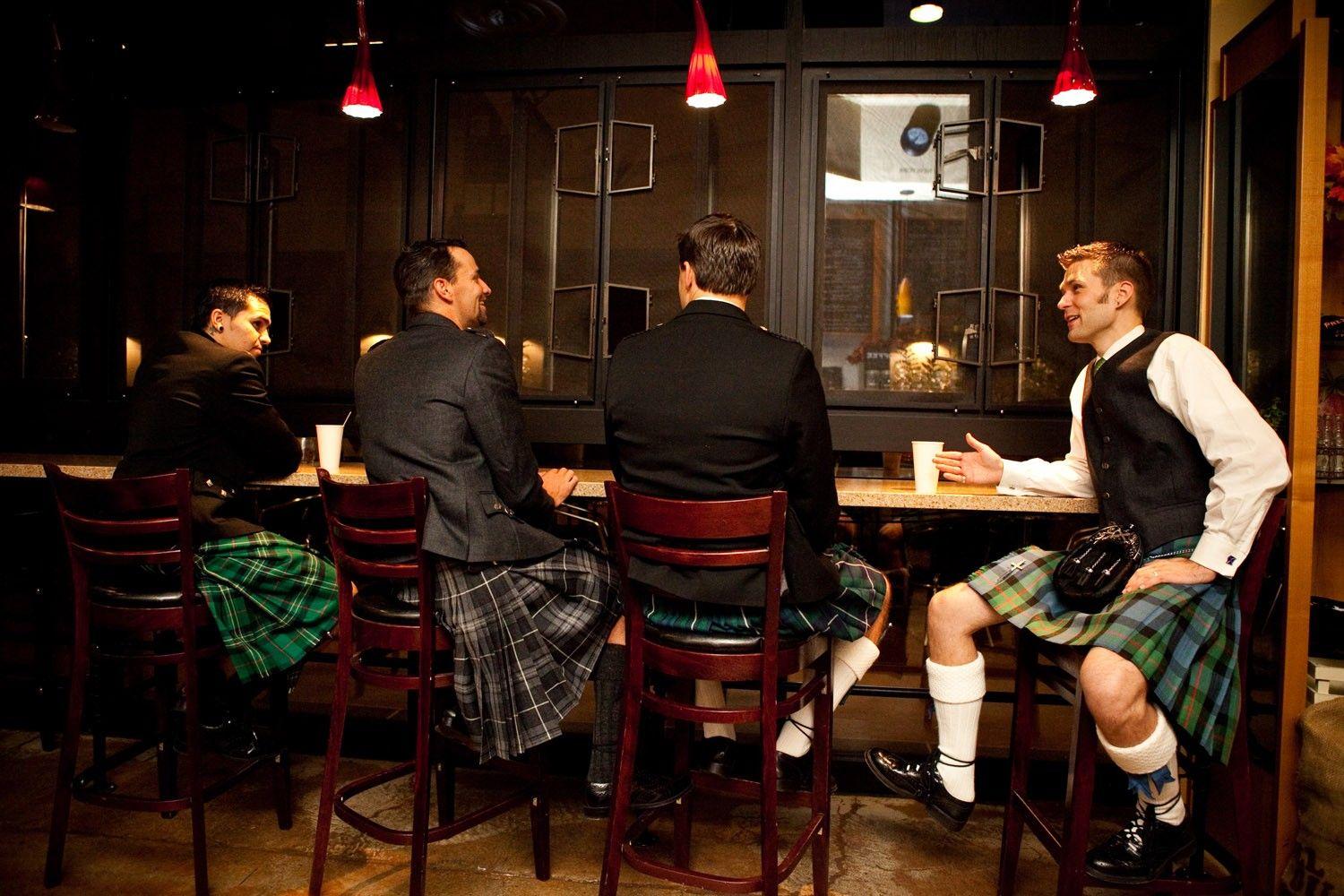Kilts, with their roots deeply embedded in Scottish heritage, have transcended the boundaries of time and culture to become an enduring symbol of tradition, style, and rebellion. In this article, we'll explore the multifaceted world of kilts, shedding light on their rich history, modern interpretations, and the unique allure that continues to captivate individuals worldwide.
A Historical Journey
The Origins of Kilts
Kilts, known as the "feileadh mor" in Scottish Gaelic, have a history that dates back to the 16th century in the Scottish Highlands. These early kilts were crafted from tartan fabric, each pattern denoting a specific clan or region. They weren't just garments; they were a source of clan pride, an expression of Scottish identity, and a testament to the craftsmanship of Scottish weavers.
Practicality Meets Style
The kilt was far more than just a fashion statement; it was highly practical. Its design allowed for ease of movement, making it perfect for the outdoor activities of the Highlanders, including hunting, farming, and herding in the rugged Scottish terrain.
The Anatomy of a Kilt
The Richness of Tartan
At the core of any kilt lies its tartan pattern. Tartan consists of intersecting horizontal and vertical bands of various colors, and each pattern has a unique story to tell, representing a clan's lineage, affiliation, or region. The intricate weaving of these patterns is a testament to the artistry of Scottish weavers.
Craftsmanship at Its Best
Crafting a traditional kilt is an art form in itself. These kilts are made from pure wool, and the process involves meticulous weaving, pleating, and stitching. The result is not just a garment but a testament to the craftsmanship and heritage of Scotland.
Kilts in the Modern World
Beyond Tradition
While kilts have their roots in tradition, they have also evolved to embrace the modern world. Today, you can find contemporary kilts that offer the same sense of style and rebellion but with updated designs and materials.
A Style Statement
Kilts have become more than just clothing; they are a statement of individuality and a symbol of non-conformity. They are worn by people who want to stand out, challenge conventions, and make a mark.
The Versatility of Kilts
From Formal to Casual
One of the remarkable aspects of kilts is their versatility. They can be dressed up or down, making them suitable for various occasions. Whether you're attending a formal event, going to a music festival, or just strolling through the city, there's a kilt style that suits every setting.
Conclusion
In conclusion, kilts are more than just garments; they are a fusion of tradition and modernity, offering a unique style statement that knows no boundaries. So, whether you're celebrating your Scottish heritage, expressing your individuality, or simply captivated by the timeless beauty of tartan patterns, consider embracing a kilt. It's not just clothing; it's a tangible connection to a rich and vibrant heritage that spans generations and continents. Kilts are symbols of pride, style, and rebellion, ready to make you stand out in a world of fashion conformity.


